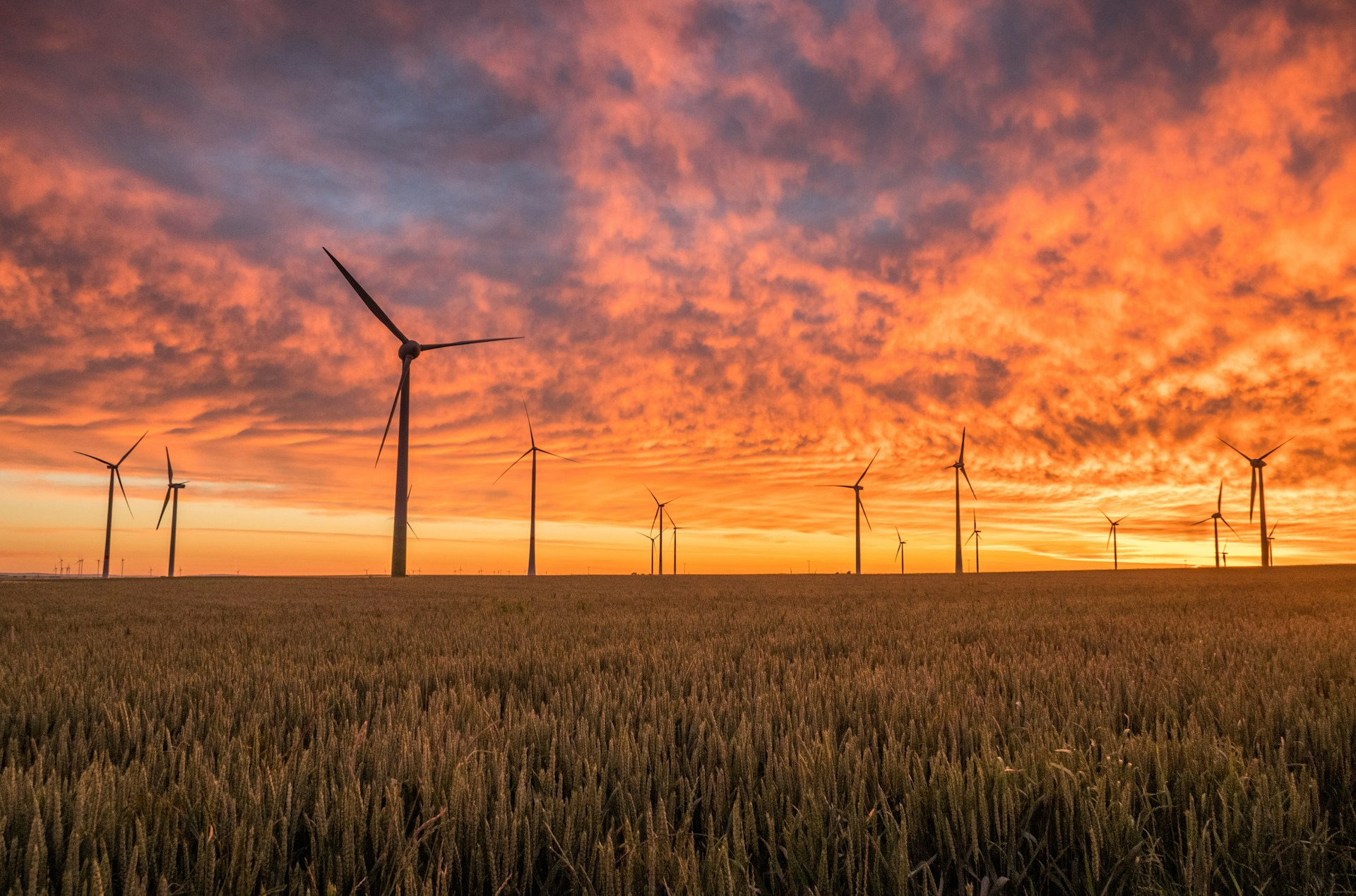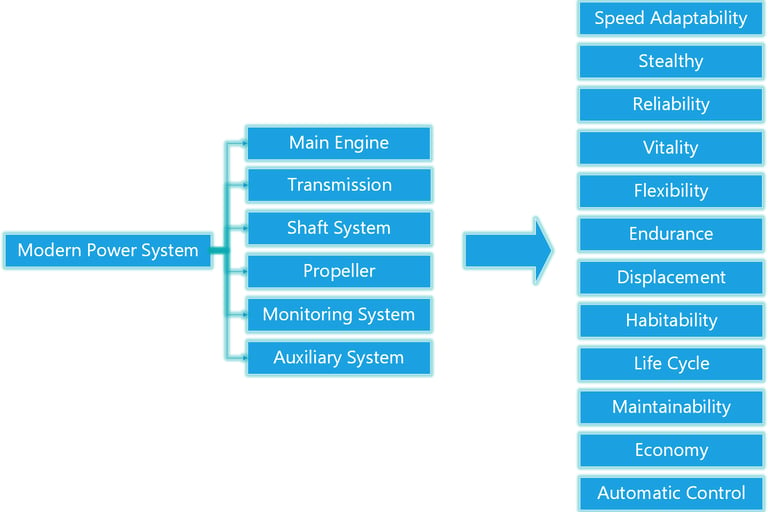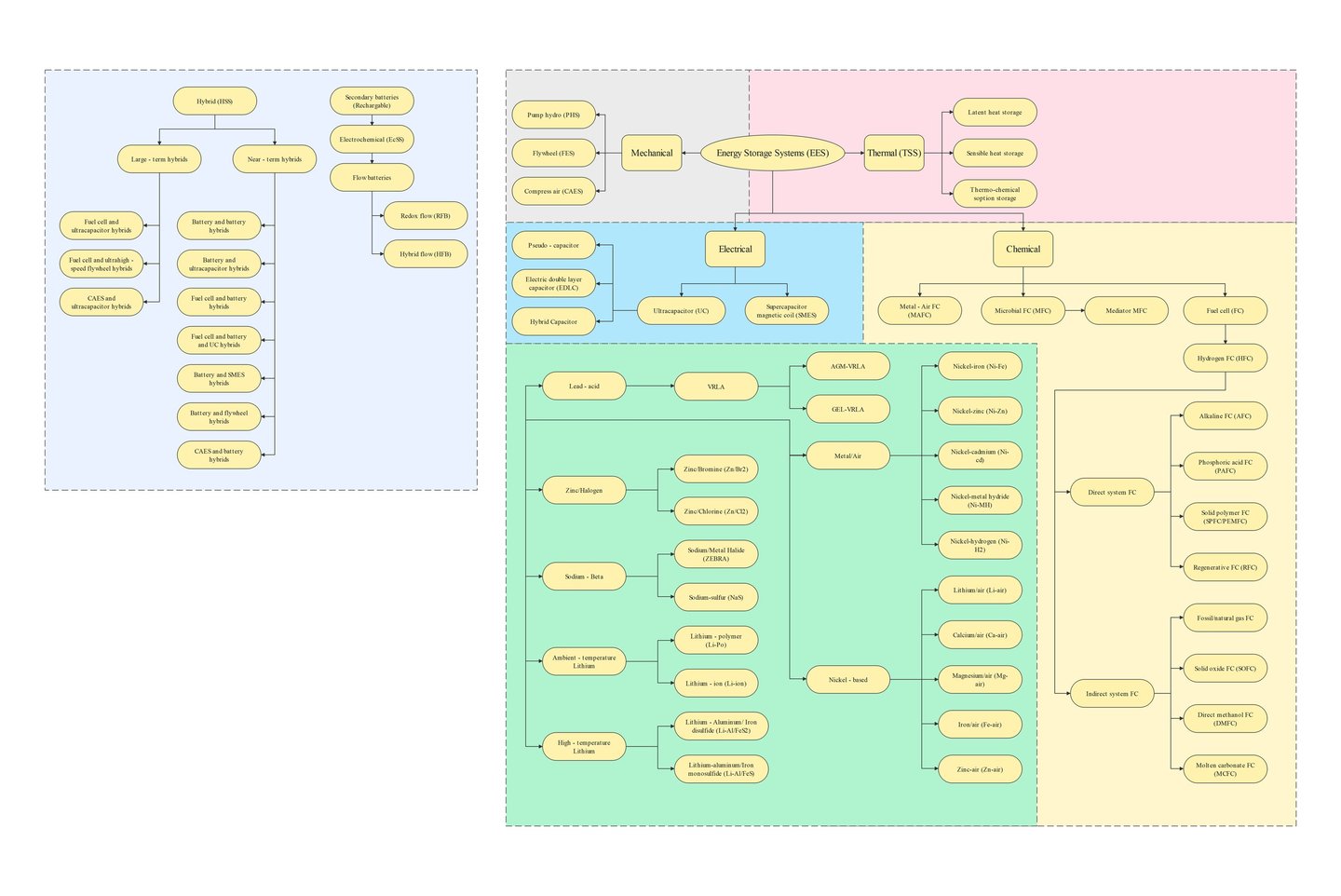
Energy
From Synchronous-dominated to
Converter-dominated
Power Systems


Electric power systems convert energy from primary sources into electricity and deliver it to industrial, commercial, and residential users. These systems rely on AC transmission, subtransmission, and distribution networks operating at constant frequency and voltage. With the shift towards sustainable energy and the integration of renewable sources, advanced technologies like VSC-HVDC are reshaping transmission networks. Effective operation and planning demand detailed engineering studies, accurate modeling, and advanced simulation tools to ensure system stability and performance.


Energy Storage
Energy storage systems are essential for balancing energy supply and demand, especially with the growing reliance on renewable energy sources. These systems come in various forms, including:
A deep understanding of these technologies is crucial to ensure they perform as expected. Without accurate modelling and analysis, energy storage systems may fail to deliver the desired response, leading to inefficiencies and operational challenges. Proper integration and management are key to unlocking their full potential.
Chemical storage: Batteries store energy through chemical reactions, offering flexibility and scalability for diverse applications.
Electrical storage: Technologies like supercapacitors store energy as an electric field, providing rapid discharge capabilities
Thermal storage: Systems like molten salt or ice storage capture and release heat or cold for later use, often in heating, cooling, or power generation.
Mechanical storage: Methods such as pumped hydro, flywheels, and compressed air store energy as potential or kinetic energy.


